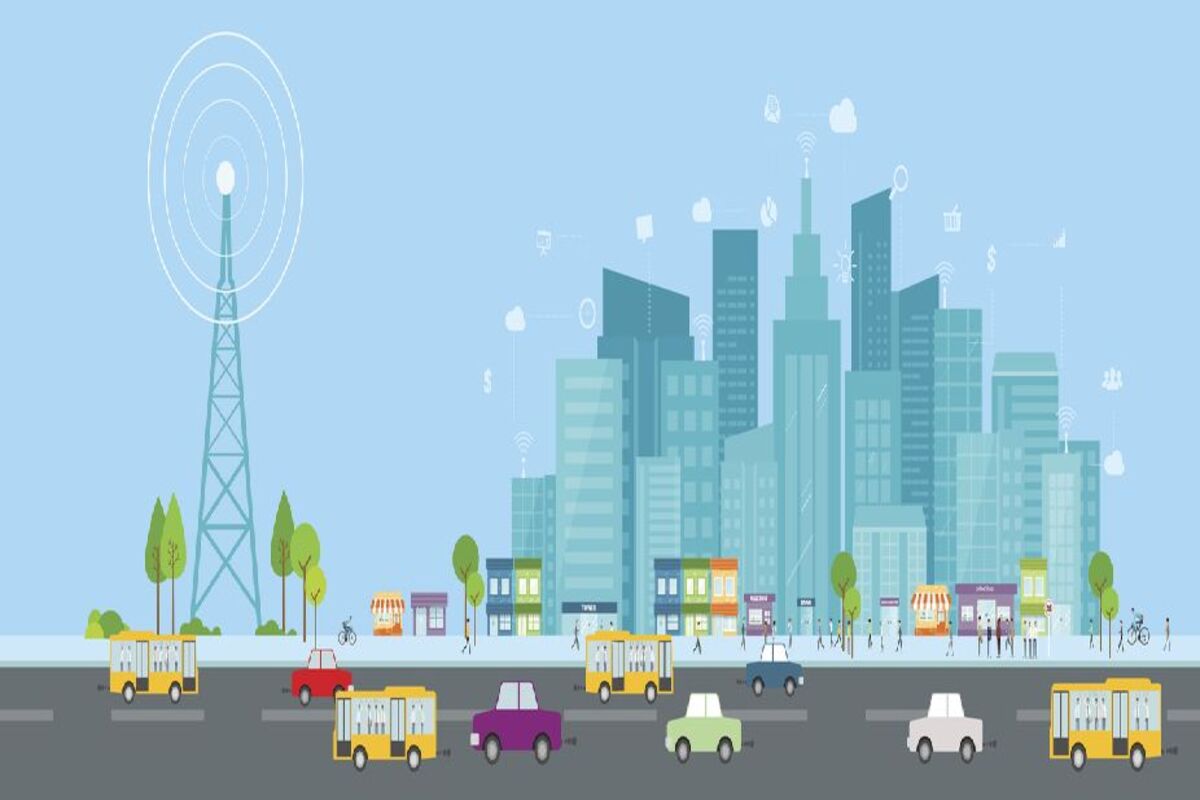Himachal Pradesh: ‘Misuse’ of public money in Smart City project to be probed
Himachal Pradesh Chief Minister Sukhwinder Singh Sukhu on Friday said that the state government would probe the alleged misuse of…
The Smart City Mission is all set to expand to 4,000 cities in the next two years.

The Government of India launched the Smart Cities Mission in 2015 with great fanfare with an objective to promote sustainable and inclusive cities that provide core infrastructure and give a decent quality of life to its citizens, a clean and sustainable environment and application of ‘Smart’ solutions.
Hundred cities were selected in four phases and included the Union Territory of Chandigarh, Srinagar and Jammu in J&K, Dharamshala and Shimla in Himachal Pradesh, Amritsar, Ludhiana and Jalandhar in Punjab and Karnal and Faridabad in Haryana.
Some of the core infrastructure elements in a Smart City would include adequate water supply, assured electricity supply, sanitation, including solid waste management, efficient urban mobility and public transport, affordable housing, especially for the poor, robust IT connectivity and digitalization, good governance, especially e-Governance and citizen participation, sustainable environment, safety and security of citizens, particularly women, children and the elderly and health and education.
Advertisement
Globally schools fall under the vulnerable road user zone. The Smart city mission has not included the ‘School Safety Zone’ in the infrastructure mission. As per a report of the Union Ministry of Road Transport and Highways (MoRTH), there has been a consistent increase in the fatalities of school children below the age of 18, at 6.4 per cent in 2017, 6.6 per cent in 2018 and 7.4 per cent in 2019.
The Smart City Mission is all set to expand to 4,000 cities in the next two years. The Union Housing and Urban development Ministry needs to include “School Safety Zone” as one of the components of the Smart City Mission as school children constitute a significant number in road accident fatalities in the country .
A school zone includes designated roadways located near a school where additional care is needed due to an increase in school-related pedestrian and vehicular traffic. A school zone extends up to 300 feet from the border of the school property, or at least 300 feet from a school crossing. Standard school speed limit signs mark the beginning of a school zone, and end school zone signs indicate the end of a school zone. The school zone includes only areas of active school use.
The School Zone Safety Programme inclusion in the Smart city mission will help to increase safety in school zones by reducing vehicle speeds and identifying pedestrian needs. School zones experience increased pedestrian and vehicle volume, especially during school start and end times. Reducing vehicle speeds reduces the likelihood of a crash, reduces the severity of crashes and increases pedestrian comfort. Improving signage to clearly mark the beginning and end of school zones and installing flashing beacons to indicate when reduced speed limits are in effect will help drivers know how they are expected to drive when driving through school zones
The zones can be implemented with minimal disruption: no major road works are required, just signage and road painting. Several features are suggested for a school safety zone.
While all aspects of road safety need careful attention in the framework of the “Safe System Approach”, in the context of school zones, the safety through engineering of roads by provision of footpaths, cycle tracks, crosswalks etc. are of utmost importance. In addition to these, traffic calming measures in the school zone (on all roads converging at a school and within a certain radius around the school) are required to be provided urgently. It is, therefore, necessary that the Smart City Mission also considers including the “school zone safety” system for achieving real smartness, in all the smart cities besides other innovative developments.
Each smart city selected under the mission has about 150-400 schools. Intercontinental Consultants & Technocrats (ICT), a leading infrastructure consultancy organization in the country, is involved in the Project Management Contract (PMC) for the Jalandhar smart city in Punjab. However, it is abundantly clear from the location and surrounding network of more than 400 primary to senior secondary schools located within the Jalandhar city that they are seriously handicapped in terms of road safety for children studying in these schools.
In addition, there are many other higher-level institutions, which are located with their main gates directly opening on most of the major roads, causing serious hazards for the children and other students of these institutions. Same is the case with Chandigarh.
It is recommended that the first few demonstration projects for ‘school zone safety’, may be implemented in the second order cities. And the School Safety Zone programme that should cover all schools requires participation from key stakeholders including the Ministry of Road Transport and Highways and local authorities to draft a uniform programme that ensures participation from corporates to ensure sustainability and success.
The writer is President Emeritus, International Road Federation, Geneva and former co-Chairman, Ficci Infrastructure Committee.
Advertisement